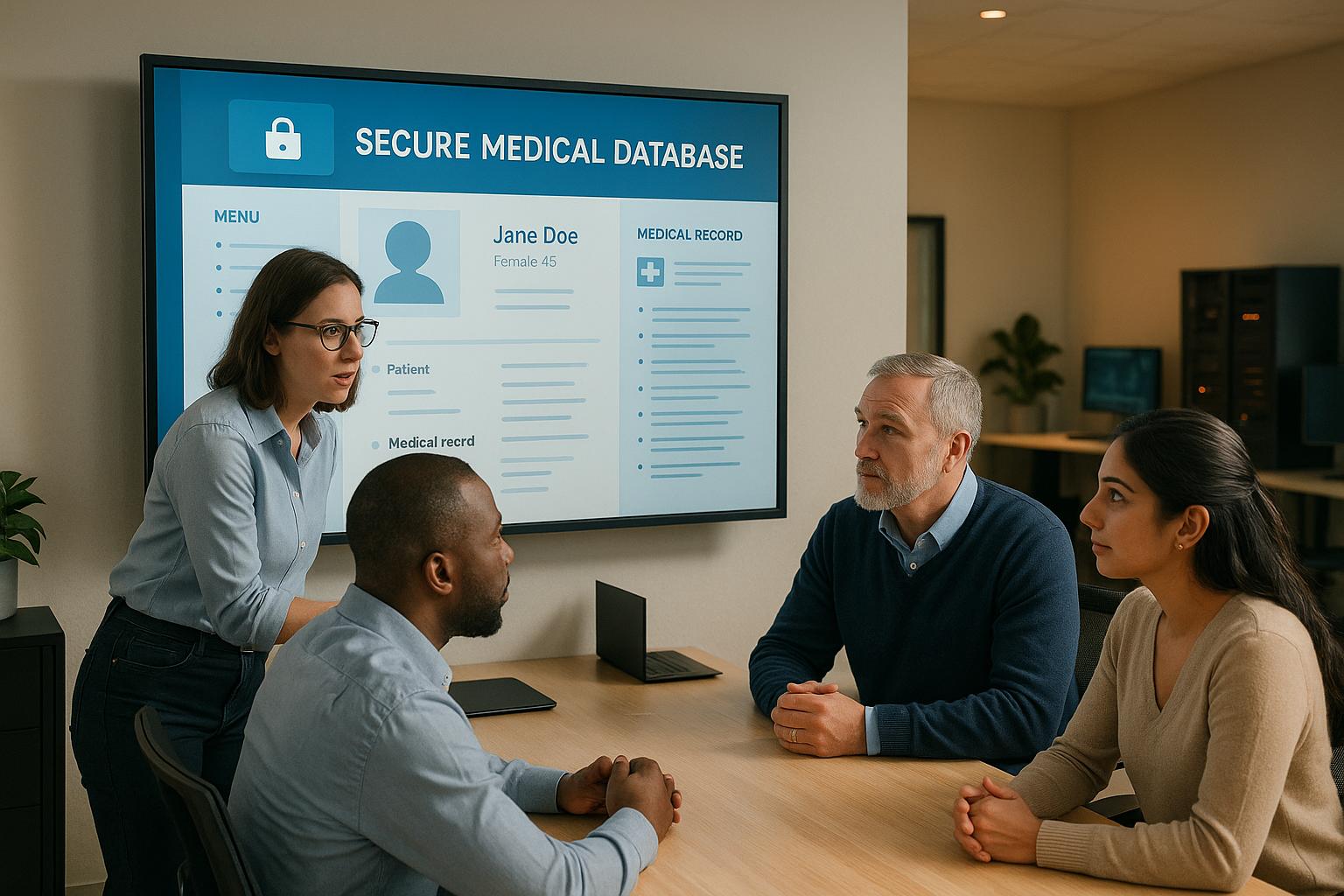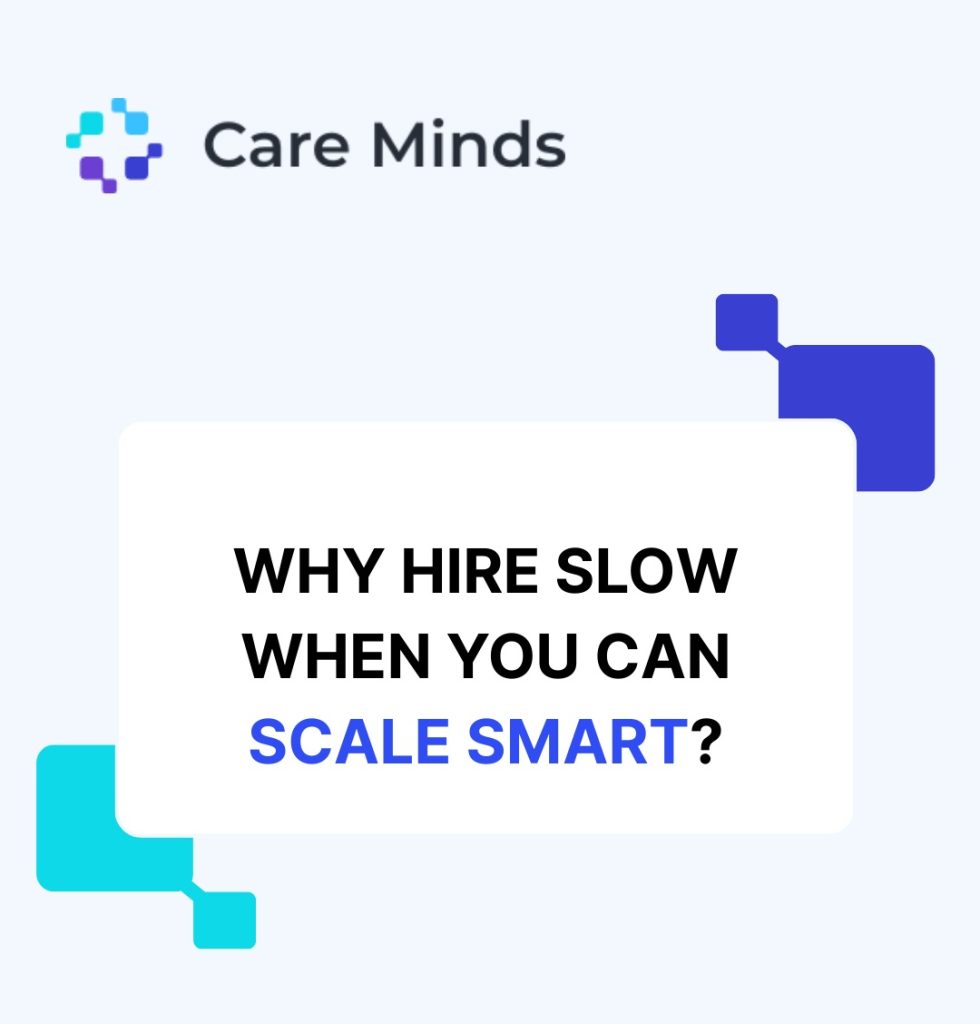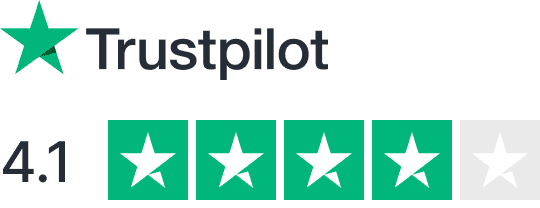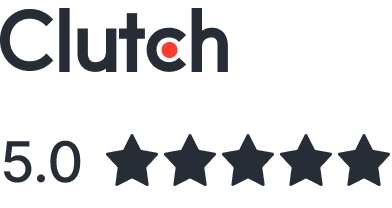Key Benefits:
- Address urgent IT needs: Quickly bring in specialists for system upgrades, compliance tasks, or performance optimizations.
- Improve security: Reduce the 40% higher risk of data breaches caused by staffing gaps.
- Cost-effective: Pay for expertise only when needed, avoiding full-time hiring costs.
- Adapt to evolving needs: Support long-term goals like AI integration and digital transformation.
| Timeline | Needs | Approach |
|---|---|---|
| Short-term (0-6 months) | EHR updates, security patches | Immediate staff augmentation |
| Mid-term (6-12 months) | System integration, analytics | Hybrid teams |
| Long-term (12+ months) | AI/ML, telemedicine expansion | Strategic partnerships |
Empowering Healthcare: 314e Corporation’s Solutions for Santa Clara Valley Health System
Finding IT Skill Gaps in Healthcare
Systematic assessments play a key role in tackling ongoing IT staffing shortages, helping healthcare organizations maintain smooth operations and deliver high-quality patient care.IT System Assessment
Start by examining your technical infrastructure. This means evaluating network performance, server capacity, and system integration points. In healthcare, IT often requires expertise in areas such as:- EHR system optimization
- Health Information Exchange (HIE) protocols
- Telemedicine infrastructure maintenance
- Medical imaging analysis systems
- Laboratory Information System (LIS) management
Short-term vs Long-term Needs
Striking a balance between quick fixes and future advancements is essential. One effective approach is to bring in specialized IT professionals on a flexible, project-based basis. This kind of staff augmentation allows healthcare organizations to access the expertise they need without long-term commitments.| Timeline | Critical Needs | Resource Type | Implementation Approach |
|---|---|---|---|
| Short-term (0-6 months) | EHR Updates, Security Patches | Project-based specialists | Immediate staff augmentation |
| Mid-term (6-12 months) | System Integration, Data Analytics | Hybrid teams | Phased resource allocation |
| Long-term (12+ months) | AI/ML Implementation, Digital Transformation | Dedicated teams | Strategic partnership model |
- Critical system updates and maintenance
- Compliance-driven adjustments
- Security incident response
- Performance optimization projects
- Implementing advanced analytics
- Integrating AI/ML for clinical decision-making
- Expanding telemedicine platforms
- Enhancing system interoperability
Selecting a Healthcare IT Staffing Partner
Choosing the right healthcare IT staffing partner involves carefully examining their technical skills and ensuring they align well with your team’s working style. This process lays the groundwork for verifying their technical expertise and ensuring seamless collaboration.Technical Skill Verification
When assessing technical expertise, focus on the specific skills required in healthcare IT. Use a structured framework like the one below to evaluate candidates effectively:| Skill Area | Required Expertise | Verification Method |
|---|---|---|
| Clinical Systems | EHR/EMR, FHIR, HL7 | Technical assessments and certification checks |
| Security | HIPAA, HITECH compliance | Security certifications and hands-on tests |
| Infrastructure | Medical IoT, Cloud Healthcare API | Review of prior projects and portfolio |
| Integration | HIE protocols, API management | Code reviews and system design evaluations |
Team Compatibility Check
Ensuring team compatibility is just as important as technical skills for a smooth integration. Here are the key factors to consider:- Communication Skills Test candidates through real-time scenarios, evaluate their documentation clarity, and conduct verbal assessments to gauge their ability to communicate effectively.
- Understanding of Healthcare Processes
Confirm their knowledge of critical areas, such as:
- U.S. healthcare workflows
- Clinical documentation standards
- Patient data handling best practices
- Regulatory compliance requirements
- Cultural Fit and Collaboration
Define clear expectations to ensure:
- Alignment with U.S. time zones
- Familiarity with virtual collaboration tools and protocols
- Preparedness for emergency response situations
- Effective knowledge transfer processes
Meeting Healthcare Compliance Standards
When it comes to healthcare IT staff augmentation, ensuring compliance from day one is non-negotiable. This is essential to protect patient data and ensure secure system integration.HIPAA Staff Onboarding
A strong HIPAA compliance program for augmented staff starts with thorough documentation and training. Here’s a basic framework to guide onboarding:| Onboarding Component | Required Documentation | Timeline |
|---|---|---|
| Initial Documentation | BAA or Confidentiality Agreement | Before the first day |
| HIPAA Training | Certificate | Within the first week |
| Access Control Setup | System Authorization Forms | Before system access |
| Security Protocol Review | Signed Security Policy Agreement | Within the first week |
“Employers are responsible for contractors’ and temporary employees’ compliance with HIPAA. Since 2013, the Common Agency Provision of HIPAA in the Omnibus ruling states that you are responsible for your employee’s compliance.” – Total HIPAA ComplianceKey training areas for augmented staff include:
- Handling Protected Health Information (PHI)
- Reporting security incidents promptly
- Implementing data encryption standards
- Adhering to access control policies
- Managing mobile devices securely
Required Compliance Checks
Maintaining compliance isn’t a one-time task – it requires regular reviews and detailed documentation. Essential compliance checks include:| Compliance Area | Verification Method | Frequency |
|---|---|---|
| Security Policies | Internal Audit | Quarterly |
| Access Logs | System Review | Monthly |
| Training Updates | Knowledge Assessment | Semi-annually |
| Security Controls | Technical Evaluation | Quarterly |
- Regularly assess risks tied to data protection measures
- Ensure adherence to local data protection laws
- Monitor access patterns and system usage
- Maintain detailed records of all compliance activities
“A Business Associate Agreement (BAA) is still helpful, but it’s important to understand the limitations of the agreement for offshore vendors.” – Chad Schiffman, Director of Compliance & Risk ManagementExpect augmented staff to:
- Participate in ongoing security awareness training
- Follow stringent password management practices
- Use only approved secure communication tools
- Log all system access and modifications
- Take part in periodic compliance audits
Team Integration Methods
Integrating augmented IT staff into healthcare environments effectively requires secure, HIPAA-compliant communication tools and efficient knowledge-sharing systems. Healthcare organizations must address both technical needs and team dynamics to ensure smooth operations. Below are key strategies and tools that can help achieve seamless team integration.Secure Communication Tools
For healthcare IT teams, communication platforms must strike a balance between security and ease of use. A recent study revealed that over 80% of healthcare providers exchange text messages containing Protected Health Information (PHI) with colleagues and patients. This underscores the urgent need for secure communication solutions.| Communication Tool | Key HIPAA Features | Primary Use Cases |
|---|---|---|
| Zoom Healthcare | 256-bit AES-GCM encryption, Team Chat, Cloud Recording | Virtual team meetings, Clinical consultations |
| OhMD | TLS RSA with ARIA-256-CBC/SHA-384, AES-256 encryption | Secure messaging, Team collaboration |
“Our expanded offering gives healthcare organizations and providers access to more HIPAA-compliant features and capabilities – along with the ability to customize what features you allow or disable within your network.” – Ron Emerson, Global Healthcare Lead, ZoomTo enhance security and functionality, organizations should implement the following:
- Enable automatic session timeouts to prevent unauthorized access.
- Set up role-based access controls to limit data exposure.
- Activate audit logging to monitor all communications.
- Configure encryption for both data at rest and in transit.
Knowledge Sharing System
A well-designed knowledge-sharing system ensures consistent IT operations and helps new team members integrate smoothly. Comprehensive and regularly updated documentation is key to achieving this.| Documentation Type | Required Components | Update Frequency |
|---|---|---|
| System Architecture | Network diagrams, integration points | Quarterly |
| Standard Operating Procedures | Step-by-step workflows, emergency protocols | Monthly |
| Security Protocols | Access management, incident response | Bi-weekly |
| Compliance Guidelines | HIPAA requirements, internal policies | Monthly |
“HIPAA simply demands compliance with the general rules within it, specifically the Security Rule, the Privacy Rule and the Breach Notification Rule.” – OhMDTo maximize effectiveness, consider these best practices:
- Schedule regular cross-training sessions and create video tutorials for common tasks.
- Maintain a centralized repository for all documentation to ensure easy access.
- Use version control to track updates and maintain accuracy.
Performance and Cost Analysis
Evaluating the success of IT staff augmentation means diving into two key areas: performance metrics and cost efficiency. By keeping a close eye on these factors, healthcare organizations can make smarter decisions, improve resource allocation, and ultimately enhance patient care.Performance Metrics
To measure success effectively, organizations need to establish clear key performance indicators (KPIs) that align with their goals. For instance, a June 2024 survey found that more than half of hospital leaders consider improved patient outcomes their top return-on-investment (ROI) metric. Commonly tracked metrics include system performance, staff productivity, patient outcomes, and adherence to security protocols. These indicators not only provide a snapshot of effectiveness but also help justify the cost of IT staff augmentation.Cost Comparison
When it comes to finances, IT staff augmentation often beats traditional hiring in terms of flexibility and cost savings. Hiring full-time employees comes with a hefty price tag, including salaries, benefits, and recruitment expenses. In contrast, staff augmentation – typically billed hourly – connects costs directly to project needs. For example, CareMinds offers hourly rates between $31 and $50, making it a more scalable option. As Dipal Bhavsar from Bacancy explains:“Healthcare IT staff augmentation is a strategy in which healthcare organizations hire external IT professionals to expand their existing teams. This approach is beneficial for addressing specific project needs, overcoming skill shortages, and decreasing workload burden.” – Dipal Bhavsar, Tech Geek, BacancyTo maximize ROI, healthcare organizations can:
- Use visual dashboards to track both financial and non-financial metrics.
- Compare performance data with industry benchmarks.
- Collect regular feedback from staff and managers to identify areas for improvement.
- Monitor key indicators like overtime hours and shift fulfillment rates.
- Translate measurable improvements into dollar values for better clarity.
Conclusion
Healthcare IT staff augmentation offers a practical way for organizations to address pressing tech challenges. According to a HIMSS report, 77% of healthcare organizations have faced IT staffing shortages, underscoring the growing demand for adaptable staffing solutions. This approach not only addresses staffing gaps but also helps lower operational costs. By avoiding the expenses tied to full-time hires, organizations can expand their IT capabilities more efficiently and respond to demands swiftly. To make IT staff augmentation work effectively, healthcare organizations should focus on these key steps:- Assess needs thoroughly: Take a close look at your current IT setup and pinpoint where skill gaps exist.
- Define clear goals: Set measurable KPIs that align with broader organizational objectives and enhance patient care.
- Prioritize compliance: Implement HIPAA training and maintain strict security measures to safeguard sensitive data.
- Streamline team integration: Develop structured onboarding processes to ensure smooth collaboration between in-house teams and augmented staff.
Related posts
FAQs
How does IT staff augmentation enhance cybersecurity for healthcare organizations?
IT staff augmentation plays a key role in strengthening cybersecurity within the healthcare sector by introducing experienced professionals who excel in protecting sensitive data and ensuring compliance with regulations such as HIPAA. These specialists can deploy advanced security protocols, conduct routine audits, and continuously monitor systems to identify and address vulnerabilities, reducing the risk of cyber threats.
With their expertise and awareness of the latest cybersecurity trends and risks, these professionals can tackle potential issues before they escalate. This proactive approach not only safeguards patient data and critical systems but also helps healthcare organizations avoid expensive legal consequences and maintain the trust of their patients.
What should healthcare organizations look for in an IT staffing partner to ensure smooth team integration and compliance with regulations?
When selecting a healthcare IT staffing partner, it’s crucial to focus on their experience within the healthcare sector. This expertise ensures they understand the unique challenges and compliance demands specific to the industry. A partner with this background is better equipped to navigate the complexities of healthcare IT.
You’ll also want to find a partner that provides a well-defined onboarding process. This helps new IT professionals integrate smoothly into your team, minimizing disruptions and promoting efficiency. Clear communication protocols are another must-have, as they lay the groundwork for effective collaboration.
Equally important is their dedication to data security and regulatory compliance. Make sure they adhere to standards like HIPAA and other relevant regulations to safeguard sensitive information. By emphasizing these qualities, you can establish a partnership that aligns with your operational needs and enhances patient care.
How can healthcare organizations evaluate the success and cost-efficiency of IT staff augmentation compared to traditional hiring?
Healthcare organizations can assess the effectiveness and efficiency of IT staff augmentation by focusing on specific metrics and outcomes. One of the biggest advantages is cost savings – this approach allows organizations to access specialized expertise on a temporary basis, eliminating the long-term costs associated with hiring full-time employees, such as salaries, benefits, and administrative overhead.
To gauge success, tracking Key Performance Indicators (KPIs) is essential. Metrics like project deadlines, the quality of work delivered, and overall team productivity offer valuable insights into how well the staff augmentation strategy is working. Additionally, comparing the total costs of staff augmentation – factoring in hourly rates and project-related expenses – with the expenses tied to traditional hiring methods can highlight financial efficiency. Regular evaluations of project results and budgets can also pinpoint areas where further improvements might be needed.
